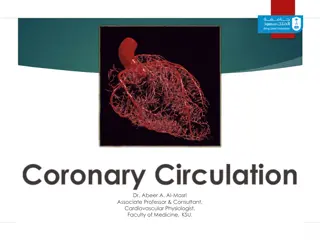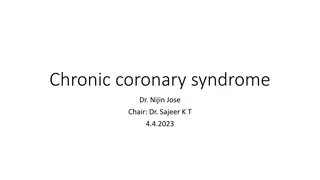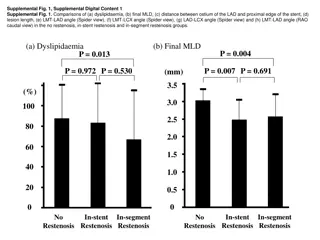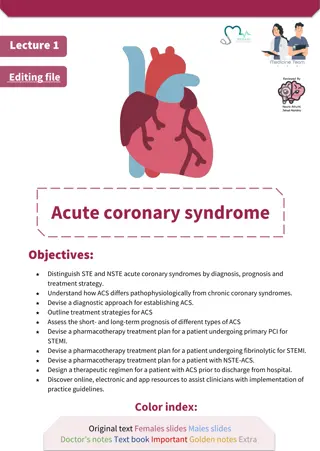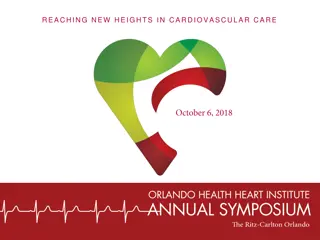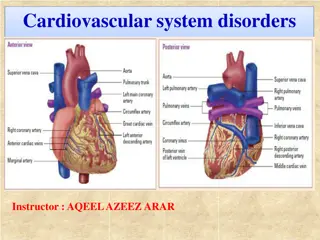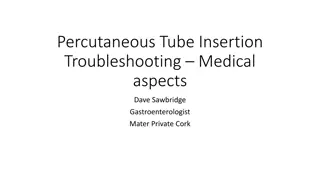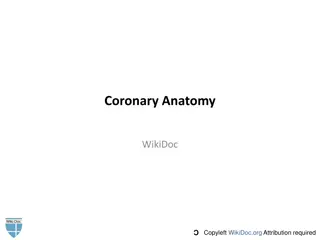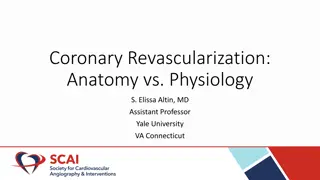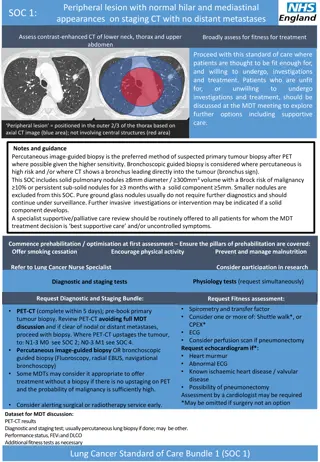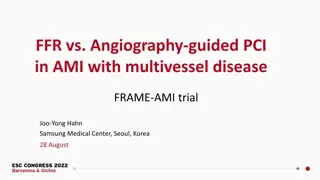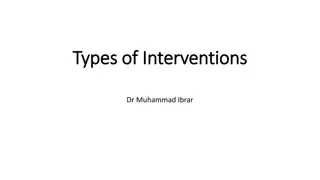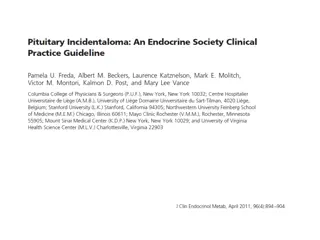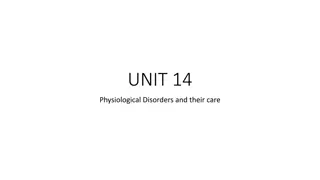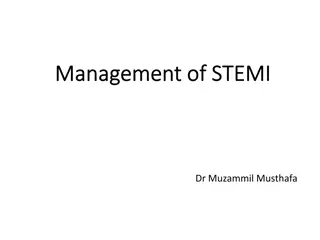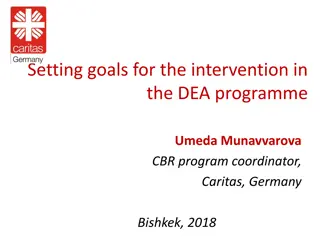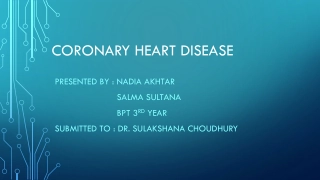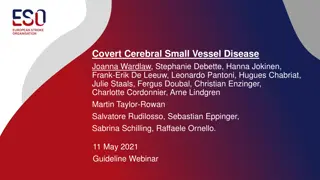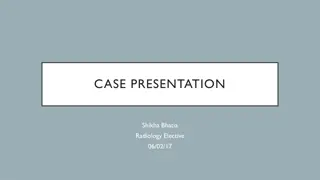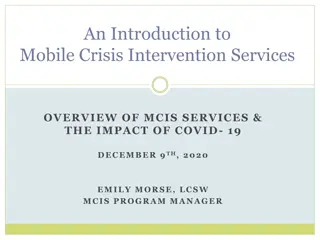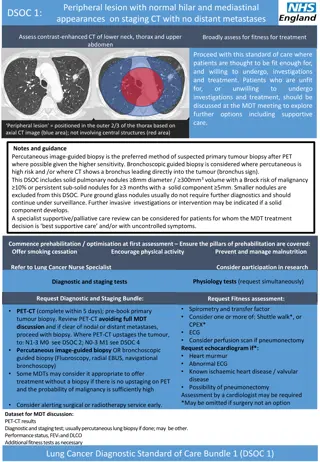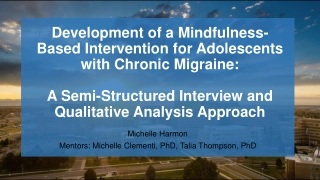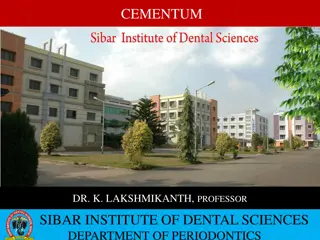Case Study: Successful Treatment of LAD Calcified Lesion with Percutaneous Coronary Intervention
A case study dated 2024/01/06 from Far Eastern Memorial Hospital involving the treatment of a calcified lesion in the LAD artery using percutaneous coronary intervention. The procedure included wire and sheath insertion, angiography, OCT imaging revealing severe calcification, rotablation, IVL, stent placement, and final angiography showing excellent results. Post-procedure care involved medication and close monitoring, with the patient discharged symptom-free. Detailed images document each step of the intervention process.
Download Presentation

Please find below an Image/Link to download the presentation.
The content on the website is provided AS IS for your information and personal use only. It may not be sold, licensed, or shared on other websites without obtaining consent from the author. Download presentation by click this link. If you encounter any issues during the download, it is possible that the publisher has removed the file from their server.
E N D
Presentation Transcript
Case 2: LAD calcified lesion Date: 2024/01/06 Operator: Drs. Tien-Ping Tsao/ Chung-Ming Tu Far Eastern Memorial Hospital
Punctured then sent wire and sheath via right femoral artery. Initial angiography: LAD proximal: 90%, LAD mid: 85%, LAD D1: 90%, LCx distal: 50% stenosis.
Wire cross then POBA to LAD proximal. OCT was done, which revealed severe calcification (360 degree) in-stent and outsite stent. Rotablation was performed with 1.75 burr
Microcatheter with wire went through D1, then POBA to D1 proximal. IVL(3.5X13mm) and cutting balloon(3.5X10mm) dilatation were performed from LAD proximal to mid.
A 3.0*48mm DES was placed from LAD proximal to mid, then POT to 3.5mm with jailed balloon technique Final OCT showed 97% expansion rate and MLA=7.8mm after stenting.
Final angiography showed TIMI 3 blood flow. Right femoral artery puncture site was sealed by 8Fr angioseal.
Post-procedure care We kept medication with dual antiplatelet agents, beta-blocker, and ARB after the procedure. EKG and cardiac markers were checked on the next morning, which had no remarkable finding. The patient denied chest tightness, nor any other discomfort. We let him discharge and follow up at outpatient clinic.



